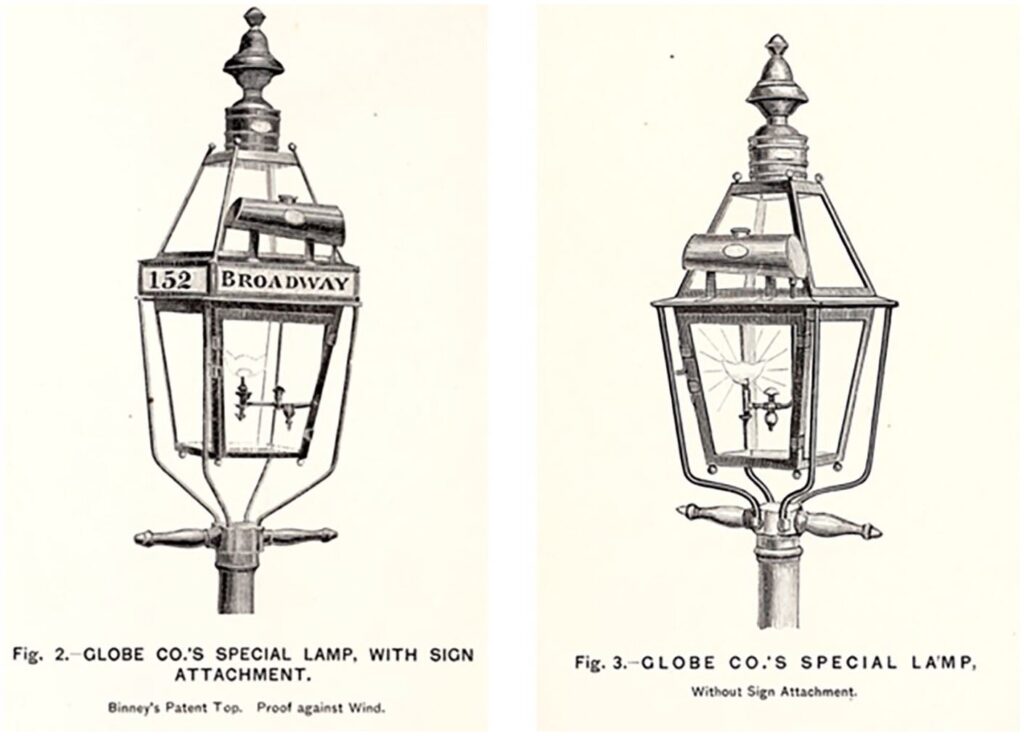FOR THE LATEST JOB POSTINGS, CLICK HERE
The below was originally published in the SACRPH May 2025 e-Newsletter
Dear SACRPH Community,
We are happy to share our May 2025 newsletter, which features announcements and highlights from the SACRPH community.
As part of our ongoing effort to keep the community connected between now and our next bi-annual conference, we invite our members to share opportunities and anything you would like to highlight. Whether it’s a call for papers, a new project, a job or grant opportunity, something creative your students are doing, or anything others in the community might enjoy, we’d love to feature it in our bi-monthly newsletter.
Submit your announcements, links, or updates through this form. We’re excited to hear from you!
– Genna Kane, Communications Director
Virtual Book Talks
As part of the lead-up to the 2026 Cincinnati Conference, we’re excited to revive our online conversation series featuring authors of recent and forthcoming books. These sessions will offer scholars the opportunity to discuss their newest research and give the SACRPH community a lively and insightful preview of the work shaping the field.
If you have a book published or scheduled to be published in 2025 or 2026, and would like to be part of these conversations, we’d love to hear from you. Please reach out to Aaron Shkuda (ashkuda@princeton.edu) to express your interest.
Highlight from the Journal of Planning History

Jonathan Stiles examines the uses and impacts of gasoline in “The Most Necessary Nuisance: How Gasoline and Commercial Garages Shaped Early American Zoning.” Gasoline was in various uses both before and during the adoption of the automobile, becoming a major source of fires around the turn of the century. This article shows how collaborative efforts to regulate gasoline from the late nineteenth century contributed to the special treatment of commercial garages and filling stations by early American zoning, which saw them as both threatening and necessary. Ordinances created exceptions and processes for these land uses that helped them multiply, and be proximate enough to serve wealthier and single-family neighborhoods, yet distant enough to not diminish their character and value.
Member Spotlight
SACRPH is a one-of-a-kind community that brings together scholars and practitioners. We are excited to showcase our members’ work and what SACRPH means to them.
Ella Howard, Professor of History, Wentworth Institute of Technology

What are you currently working on?
I am writing a book titled, “How to Save Historic Preservation.” In the current climate of attacks on urban zoning, it is imperative to be honest about the ways in which historic preservation districts have functioned as a form of exclusionary zoning. I am analyzing case studies in cities including Savannah, Charleston, Boston, and Atlanta, with particular focus on New Orleans. I aim to bring a hopeful message by also studying those cases where preservation districts have avoided fueling gentrification and displacement.
I am very excited to be launching an innovative digital public history project this year. Starting in Spring 2025, I will lead Wentworth students in recreating Boston’s West End neighborhood in virtual reality. Working with the West End Museum and records from the Boston Planning and Development Agency, we are using historical maps, photographs, surveys, and oral histories to develop an immersive VR experience of the neighborhood before urban renewal. Digital historians have been experimenting with VR for decades, but the popularization of the technology makes this the time to maximize its interpretive and educational potential.
What excites you most about your field right now?
Due in large part to the Black Lives Matter movement, many people are now aware of the racism, segregation, and inequity that has shaped the history of formal planning and urban development. This is a politically contentious era, and urban historians must not shy away from sharing our useful knowledge. The increasing availability and accessibility of digital tools such as GIS, VR, and AI (subjects I teach at Wentworth) makes this a very rewarding time to be an urban historian.
Why did you join SACRPH?
The interdisciplinary nature of my work, which bridges urban history, public history, and planning history, makes SACRPH the perfect fit. I appreciate the inclusive atmosphere that is welcoming to scholars and practitioners working at these intersections, particularly those interested in questions of equity and access.

